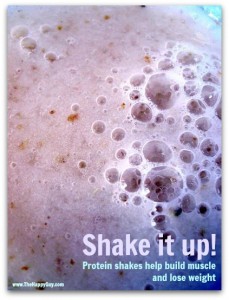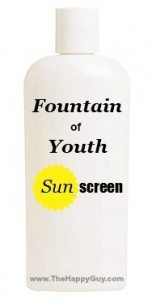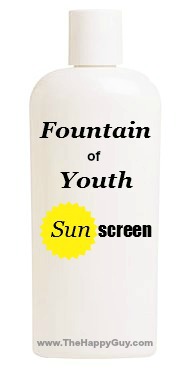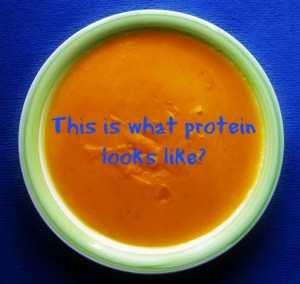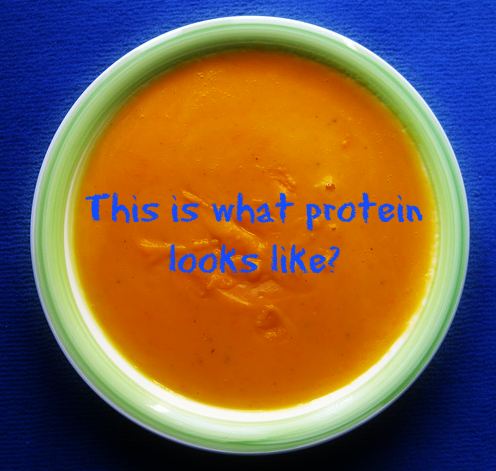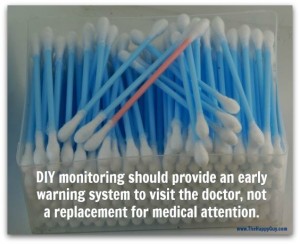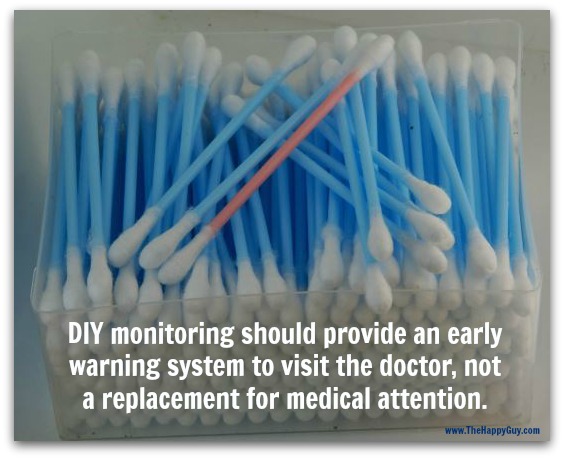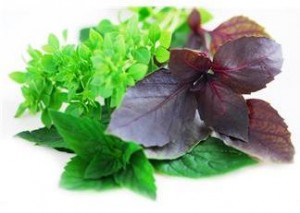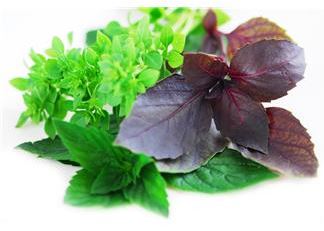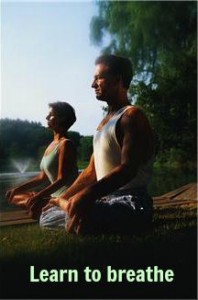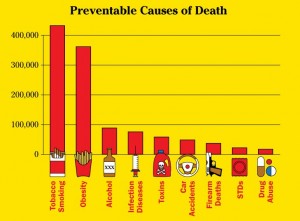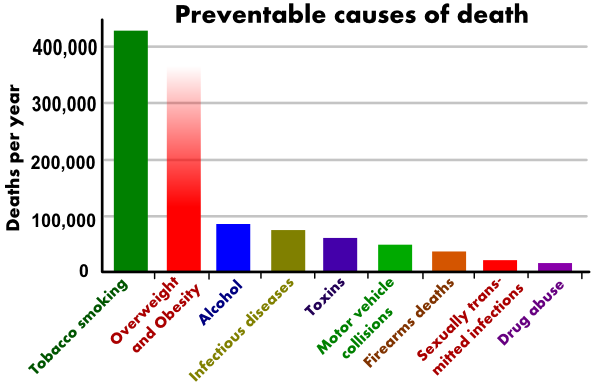Protein comes in many forms, but sometimes it is the most accessible form that’s best. Let’s look at protein shakes, which are the quick-and-easy form of protein.
There are many great reasons why protein shakes, as part of a balanced and healthy diet, can be very beneficial to the body, especially when it comes to gaining muscle mass. It’s all about drinking the right type of shake at the right time. However there’s a lot of unhelpful advice floating around the Internet these days.
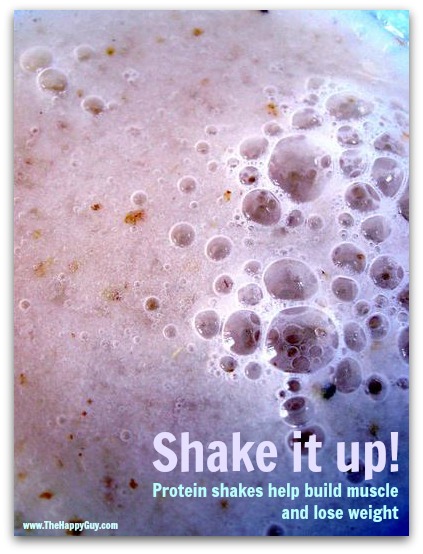 It’s only fair to warn you that some people have even become ill from taking in too much protein, or simply living off it in order to lose weight. No, no, no. Protein shakes are not there to do all the work for you; they are there to improve on the work you’ve already done. So without the foundations of muscle and cardio training,overdoing protein can sometimes do more harm than good. Let’s take a look at how to safely incorporate protein shakes into a balanced and fitness-orientated diet.
It’s only fair to warn you that some people have even become ill from taking in too much protein, or simply living off it in order to lose weight. No, no, no. Protein shakes are not there to do all the work for you; they are there to improve on the work you’ve already done. So without the foundations of muscle and cardio training,overdoing protein can sometimes do more harm than good. Let’s take a look at how to safely incorporate protein shakes into a balanced and fitness-orientated diet.
READ ALSO: Protein Powder – not just for shakes!
The Benefits of Protein Shakes
Not only do protein shakes help to repair muscles, but the body also uses the protein to create enzymes, hormones and nucleic acids, which in turn help to increase weight loss. From organs to cells, tissues to skin, protein is used to create and replenish a variety of elements in our body, so without sufficient levels of protein as children, growth can even be stunted. In later life, injuries can become more frequent due to a lack of protein too.
So don’t skimp on the protein.
Pre Workout Shakes
These type of protein shakes should be combined with fruit, as they’ll provide you with energy to get the most out of your workout. Consuming the shake around half an hour before you begin exercising will ensure your muscles get to use the protein straight away, but make sure that you’re pre workout shake contains carbs as well a protein, otherwise you’ll find yourself running out of energy very quickly. Carbs also contribute to muscle repair, so don’t expect the protein to do all the work!
Post Workout Shakes
Although carbs are important for rebuilding muscle, you should limit carbs and fat after your workout. If your workout has been intense enough, then your body will continue to burn fat and carbs up to two hours after you’ve left the gym, so the last thing you’ll want to do is pile more on!
Whey protein shakes for bodybuilders are the fastest type of digesting protein there is, and it will get straight to work on repairing your muscles. If you’re exercising every day, and combining your workouts with a balanced and healthy diet, then you should be looking to take in around 2 grams per kilogram of bodyweight every day, to ensure your muscles are sufficiently repairing.
Protein is part of a healthy, balanced diet: Why Use Protein Shakes? http://t.co/X4VI1bUOPU
— David Leonhardt (@amabaie) December 13, 2013
Before Bed Protein Shakes
To help your body with overnight repairs, you’ll need a protein shake that works through your body slowly. Milk and bananas are great alternatives, however if you want to stick to protein shakes, then consuming one around an hour before bed should do the trick. In most cases, you’ll usually wake up full, so you won’t be temped to eat a lot for breakfast.
Between workouts
As I said earlier, protein shakes are not there to do all the work for you; they are there to improve on the work you’ve already done. That means that you need to be getting adequate protein from a variety of sources in between workouts and on off-days. Meat, seafood, nuts, grains and legumes, eggs and dairy products are all healthy sources of protein. Even some vegetables, such as mushrooms provide protein.
READ ALSO: The frugal shopper’s guide to protein
Of course, no article on protein is complete without a reminder that protein alone does not make a person healthy. Make sure you are getting all the vitamins, minerals and other nutrients you need by consuming a large quantity and variety of fruits and vegetables, and you might also consider taking other nutritional supplements.
If you prefer your protein in a bar for easier transport when on the road, then you should read my shopping guide: In Praise of Power Bars. Both are great ways to supplement the protein you eat at meal time.


